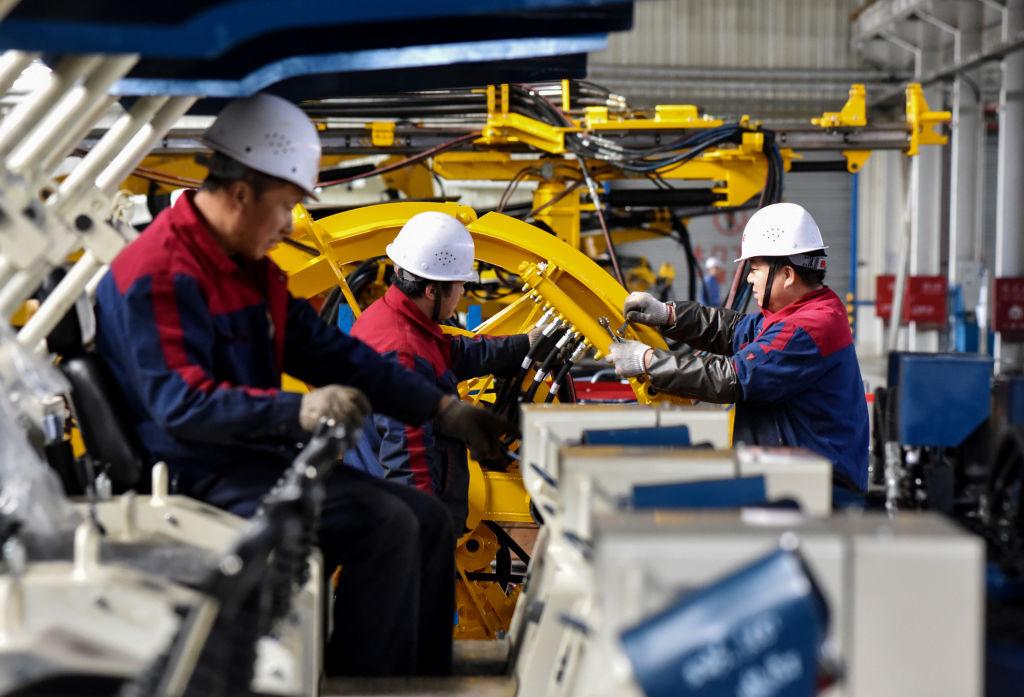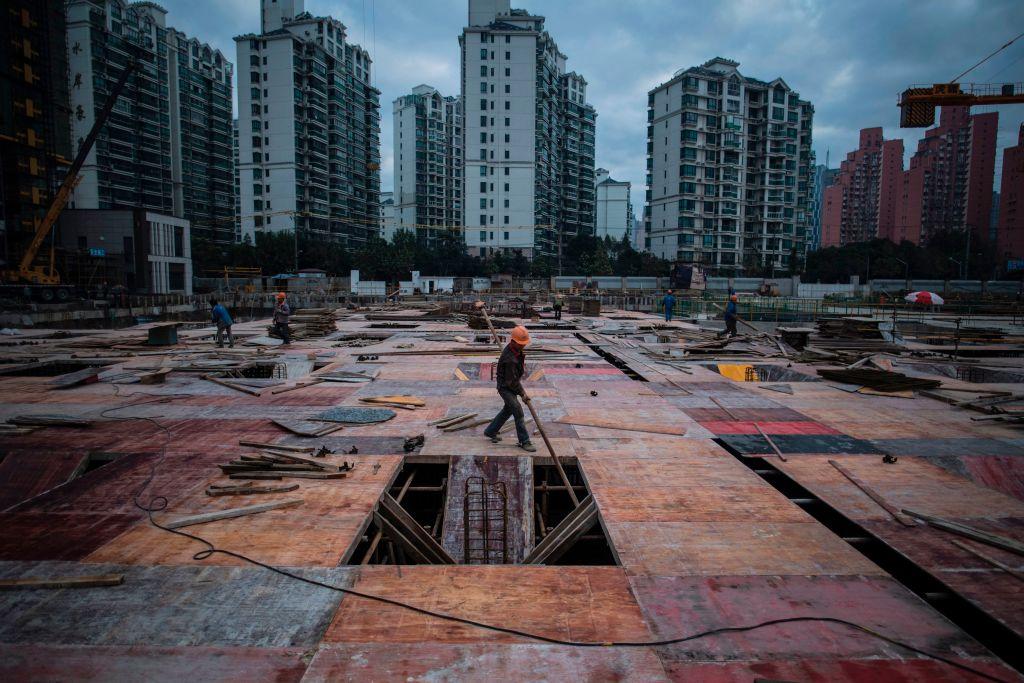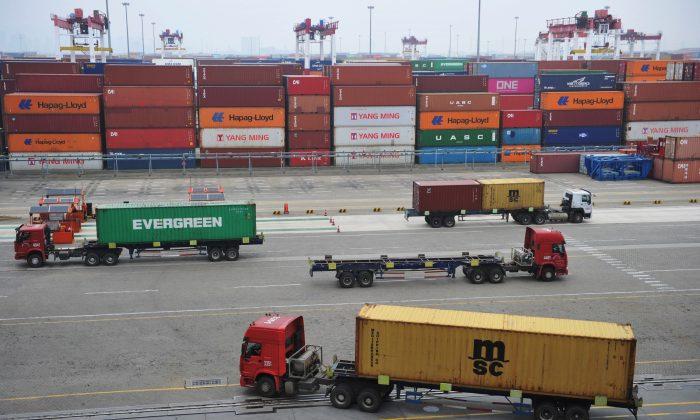BEIJING—China’s economy stumbled more sharply than expected in July, with industrial output growth cooling to a more than 17-year low, as the intensifying U.S. trade war took a heavier toll on businesses and consumers.
Activity in China has continued to cool despite a flurry of growth steps over the past year, raising questions over whether more rapid and forceful stimulus may be needed, even if it risks racking up more debt.
After a flicker of improvement in June, analysts said the latest data was evidence that demand faltered across the board last month, from industrial output and investment to retail sales.
That followed weaker-than-expected bank lending and gloomy factory surveys in recent days, along with the return of producer price deflation, reinforcing expectations more policy support is needed soon.
“China’s economy needs more stimulus because the headwinds are pretty strong and today’s data is much weaker than consensus,” said Larry Hu, head of Greater China economics at Macquarie Group in Hong Kong.
“The economy is going to continue to slow down. At a certain point, policymakers will have to step up stimulus to support infrastructure and property. I think it could happen by the end of this year.”

Industrial output growth slowed markedly to 4.8 percent in July from a year earlier, data from the National Bureau of Statistics showed, lower than the most bearish forecast in a Reuters poll and the weakest pace since February 2002.
Analysts had forecast it would slow to 5.8 percent, from June’s 6.3 percent. Washington had sharply raised some tariffs in May.
Infrastructure investment, which Beijing has been counting on to stabilize the economy, also dropped back, as did property investment, which has been a rare bright spot despite worries of potential housing bubbles.
Crude steel output fell for a second straight month, while production of motor vehicles continued to fall by double digits. Hi-tech manufacturing output rose by a slower 6.6 percent, and the country’s power output edged up just 0.6 percent.
Investment, Retail Sales Growth Cools
China’s economic growth cooled to a near 30-year low of 6.2 percent in the second quarter, and business confidence has remained shaky, weighing on investment.While officials have cautioned it would take time for higher infrastructure spending to kick in, construction growth has been more subdued than expected.
Fixed-asset investment rose 5.7 percent in January-July from the same period last year, lagging expectations of a 5.8 percent gain and dipping from the previous reading.
But readings by sector showed a more marked loss of momentum in critical areas at the start of the third quarter.
Infrastructure investment rose 3.8 percent in the first seven months from a year earlier, slowing from 4.1 percent in the first half despite massive local government bond issuance, mainly to fund road and rail projects and other civic works.
Data from Japanese construction equipment maker Komatsu Ltd. showed activity remained weak, with operating hours for its machines in China falling for a fourth straight month.
In a sign the housing market’s resilience may be waning as Beijing cracks down on speculation, property investment slowed to its weakest this year. It rose 8.5 percent in July on-year, from June’s 10.1 percent. Though home sales inched back to growth, new construction starts cooled.

Retail sales are also pointing to growing consumer caution, most evident in slumping auto sales but also in property-related spending on items such as home appliances and furniture.
Retail sales rose 7.6 percent in July, well off consensus of 8.6 percent and weaker than the most pessimistic forecast. Sales had jumped 9.8 percent in June, which many analysts had predicted would be temporary.
Job security worries may also be a factor. Nationwide survey-based unemployment edged up to 5.3 percent from 5.1 percent in June, though market watchers believe it could be much higher.
“We maintain our view that (economic) growth has yet to bottom out and expect Beijing to maintain its easing policy stance,” economists at Nomura said.
Nomura expects growth will slow to 6.0 percent in the third and fourth quarters, the bottom end of the government’s target range.
Authorities have already announced hundreds of billions of dollars in infrastructure spending and corporate tax cuts over the last year, and repeatedly cut bank’s reserve requirements (RRR) to free up more funds for lending and reduce borrowing costs.
But credit demand has been tepid, with companies in no mood to borrow or invest given the uncertain business outlook and banks wary of rising bad loans.
Sources told Reuters recently that more aggressive action such as interest rate cuts are a last resort, as it could fuel a rapid build-up in debt and financial risks.
Escalating Trade War
Recent months have been marked by a sudden escalation in the year-long U.S.-China trade war that has raised risks for both economies and sparked fears of a global recession.A brief ceasefire was shattered earlier this month after President Donald Trump vowed to impose a 10 percent tariff on more Chinese goods from Sept. 1.
China let its yuan currency slide to an 11-year low days later, prompting the U.S. Treasury Department to label Beijing a currency manipulator.
Still, new tariffs will go into effect next month on about half of Washington’s $300 billion target list of Chinese goods.






Friends Read Free